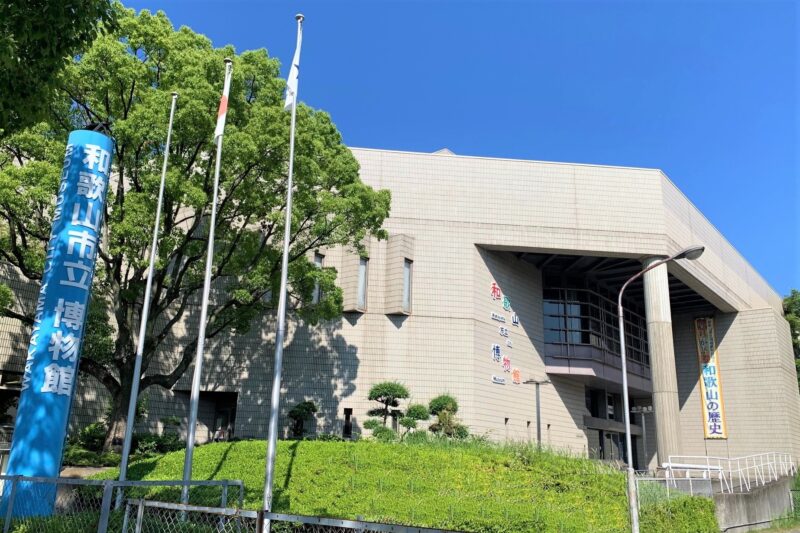Wakayama City Museum

3-2 Minato Honmachi, Wakayama City, Wakayama Prefecture, 640-8222, Japan
Established in 1985
Henry Sugimoto Collection
The Wakayama City Museum houses paintings (36 oils and 18 watercolors) by Henry Sugimoto (1900–1990), a painter native of Wakayama City who depicted Japanese American internment camps in North America.
Henry Sugimoto, born in present-day Minato, Wakayama City, relocated to Hanford, California, in the United States after completing four years of study at Wakayama Middle School (currently Wakayama Prefectural Toin High School) in 1919, as requested by his parents. In America, Henry studied while working, learned painting, and eventually began to make a name for himself as an artist. In 1941, the Pacific War broke out, and 110,000 Japanese Americans living on the West Coast of the United States, including Henry, were forcibly interned in camps set up within the country, considered as enemy aliens. Japanese Americans headed to the camps with only the bare essentials. In 1942, Henry and his family were first gathered at the Fresno Assembly Center and then moved to the Jerome Internment Camp in Arkansas. In 1944, they were transferred to the Rohwer camp. Initially interned, Henry used the few art supplies he brought with him to draw the conditions of the camp on sheets and other materials. Later, as an art teacher in the school built within the camp, Henry devoted himself even more energetically to artistic activities within the camp. His works depicting life in the internment camps attracted attention, and even after leaving the camp after the war, he often exhibited works depicting events from his time in the camps.
Henry’s series of artworks were also highlighted as evidence of the reality of the forced internment of Japanese Americans by the U.S. government during World War II as the government began to provide compensation. In 1981, at the hearings of the Commission on Wartime Relocation and Internment of Civilians, Henry testified about the forced internment using his own artworks. Due to such efforts, the Civil Liberties Act of 1988 was passed in the United States, providing compensation for Japanese Americans who were forcibly interned, and payments began the following year.
In Japan, an exhibition of Henry’s internment camp paintings was held in 1980, touring Wakayama, Osaka, Hiroshima, and Tokyo. Most of the works were donated to the Wakayama Civic Library during the exhibition. This collection consists of works from that time, initially donated to the Wakayama Civic Library but now managed by the Wakayama City Museum due to a facility relocation. In addition to the internment camp paintings, other artworks such as wood carvings and shell-made art created by other internees within the camps and owned by Henry have also been donated to the museum. In 2007, in Wakayama City, Henry was honored and recognized as a great figure and pioneer of the city for his achievements.
Even after leaving the internment camps, Henry continued to depict migration history and events from his time in the camps. The internment camp paintings housed in this museum seem to depict the events within the camps in a matter-of-fact manner. Among Japanese Americans, perceptions of America and Japan vary depending on factors such as their upbringing and generation. These artworks depict the conflicts and unresolved emotions that arise among such people, alongside the tension of being in the camps, with a detached yet profound insight. They can be considered a fitting collection of works deserving of the label “documentary paintings” due to his ability to capture these aspects with a sense of detachment yet deep understanding.
